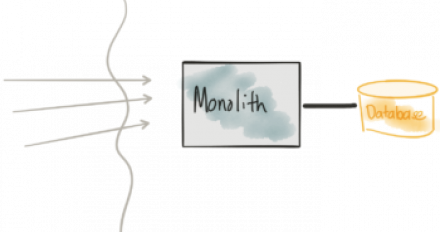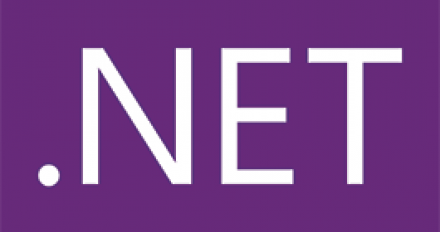
Red Hat Sessions at Devoxx 2017

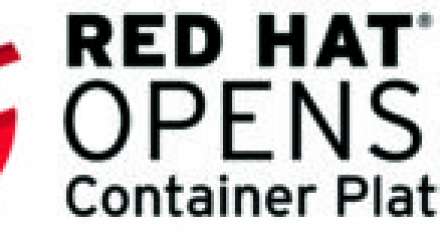




(Part 2)Learn about recommended practices for producing secure code with input validation in part one of this four-part video series.

Learn how to start adopting a security-like mentality, also known as the "security mindset" in part four of this four-part video series.

Learn about authorization such as user privileges, levels of access, and how they're different in part three of this four-part video series.

Learn about numeric errors and the dangers of using incorrect data types in part two of this four-part video series.

(Part 1)Learn about recommended practices for producing secure code with input validation in part one of this four-part video series.


Minishift

In this session, Diógenes gives an introduction of the basic concepts that make OpenShift, giving special attention to its relationship with Linux containers and Kubernetes.



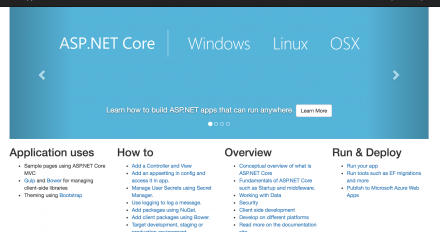
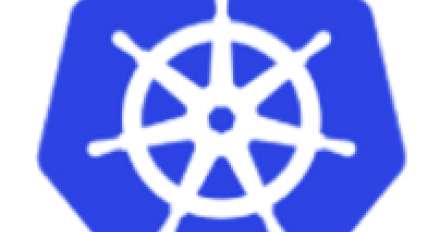

Installation of AWX (Ansible Tower) on top of OpenShift, Set a dynamic inventory to access the servers from AWS


